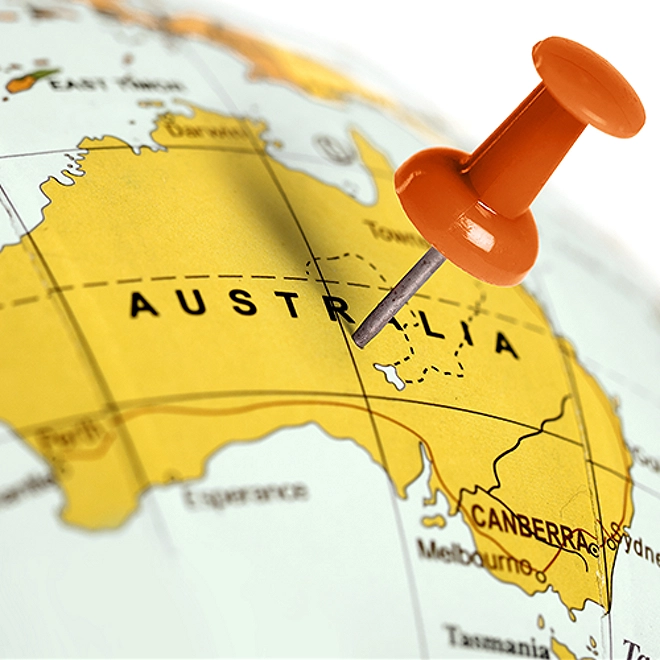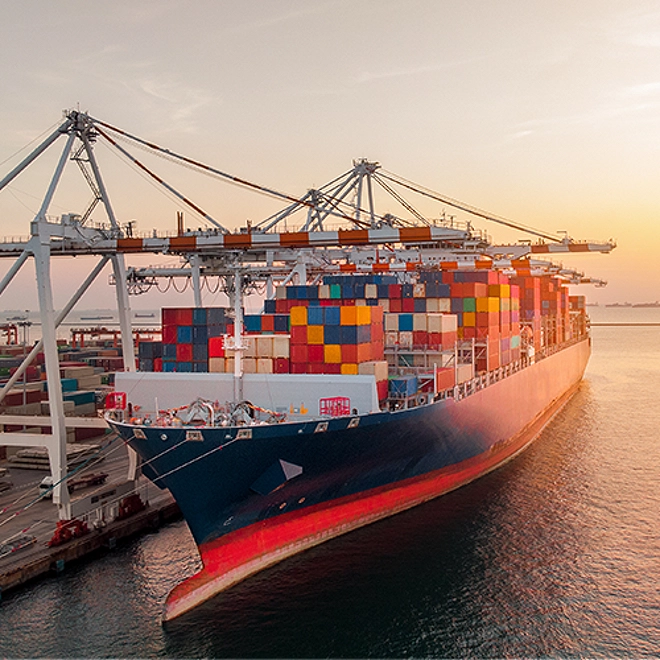Carbon import tariffs: shaping global trade in the fight against climate change
Climate change continues to be a pressing global issue. In addition to the political and ecological implications that it poses, it is now reshaping the international trade landscape. Governments worldwide have a range of tools to address climate change and are continuously exploring new measures to address climate change. The Carbon Border Adjustment Mechanism (CBAM) is one such tool that can be used by Governments. The CBAM aims to levy financial penalties on imported goods. It is hoped that these financial penalties will help stop companies from undermining emission reduction efforts by moving manufacturing or supply chains offshore. The recent signing of the CBAM Regulation by the European Union (EU) and the interest shown in this regime by other countries like Canada, the UK, the US, and Australia make this an important area of policy for New Zealand to watch closely.
June 2023 Tax Alerts
- Tax Bill contains a number of remedial changes to help taxpayers
- Implications of the 39% trustee tax rate
- What is the purpose of the Tax Principles Reporting Bill?
- 2023 Mileage reimbursement rates – what you need to know
- Bright-line and interest limitation changes – what a (rollover) relief!
- Australian citizenship – be careful what you wish for!
- Unlocking opportunities: is your business ready for the NZ-UK free trade agreement?
- Raising capital in the United States – to flip or not to flip
- Snapshot of recent developments




